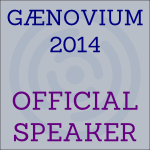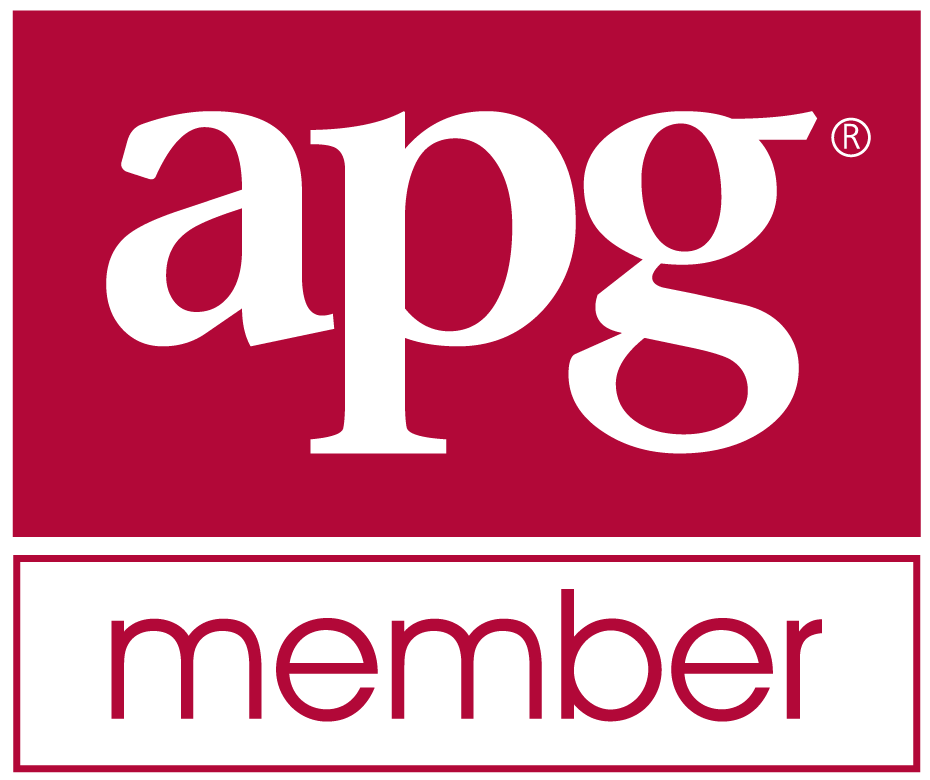New Webhost - Sat, 27 Dec 2008
For the last few months, my Behold site has had hiccups. There were times when pages loaded very slowly or were inaccessible. I was in chat sessions with IXWebhosting’s technical support a half a dozen times in the last two weeks to say my websites: beholdgenealogy.com and gensoftreviews.com were not responding.
I knew this couldn’t continue this way if I wanted Behold to be successful. So I started my look for a service that I could rely on for the next several years while I concentrate on Behold.
Looking for a webhost is tough. Shared hosting is inexpensive and there are many options, but you are at the mercy of the other hundreds or thousands of sites that are sharing your web server and database server. Dedicated hosting, where you rent your own machine, is very expensive and has a number of downsides you wouldn’t expect. Virtual hosting, where you get a slice of a dedicated machine is possible, but performance sometimes is not as good as even shared hosting.
There is a new technology out by some webhosts that uses Clustered Servers. In theory it has advantages over even dedicated servers, because it can load-balance, give both Windows and Unix functionality at once and servers can fail or be added or removed without any downtime. I wanted to go back to a Canadian host (just because) and one of the biggest, Netfirms.ca, happens to use Clustered Servers in their Enterprise Plan.
Now if you look at various host reviews, you’ll find lots of comments about various Hosts. Over the last 5 years, I must have viewed thousands of these reviews. Netfirms.ca is in Toronto, but they have Netfirms.com that has many more servers in the USA and elsewhere. They are a very large company, and their reviews have been much less than exemplary. In fact they’re rated quite poorly.
But I think there is a difference in basic shared hosting versus the next level up. Probably 99% of people use the basic hosting, and there are fundamental problems with shared hosting. Most users of shared hosting do not understand the technical issues, and when something goes wrong, are at the mercy of the webhosts - the same way I am when my car’s transmission fails. Simply said (and I don’t quite remember where I heard this) if a player doesn’t know how to play golf, it’s not the fault of the golf course that they had a bad score.
Well, I took the plunge. I’ve spent the last 3 days solid (nice Christmas break, eh?) transferring this site, my GenSoftReviews site, my Heritage Centre site and my lkessler site to Netfirms. This includes the domain registrations and the email accounts. Some is still in progress.
There’s been a lot of work that has been overwhelming me, but I’m getting there. This is a Unix based service, so file names are case sensitive. Server Side Includes only work with .shtml files here, and I was using .htm at IXWebhosting. I’ve decided to change them all to PHP since it will give me more potential to add functionality in the future. Then I had to copy all my MySQL databases to the new host. I also have to manually make changes that are made at the old host since the copy.
Also the SMTP-based emailing from PHP which I was using at IXWebhosting is not supported at Netfirms. So the top priority has been to change my Behold Trial routine so that it would work again, and to make sure the registration of Behold from Plimus works.
So a little pain for hopefully future gain.
I really like the new control panel at Netfirms. Their support seems pretty good. I like the way I access all my sites together there and I’ve reorganized my copy of my sites on my own machine to match. And they’re big enough that I would expect they’ll be around for awhile.
My website basically works again. There are glitches that I can see (comments not showing up on posts, Forum views not working, and more I expect) that I will try to fix tonight and tomorrow.

 It’s nice to be recognized. Tamura Jones has awarded his
It’s nice to be recognized. Tamura Jones has awarded his  Feedspot 100 Best Genealogy Blogs
Feedspot 100 Best Genealogy Blogs





